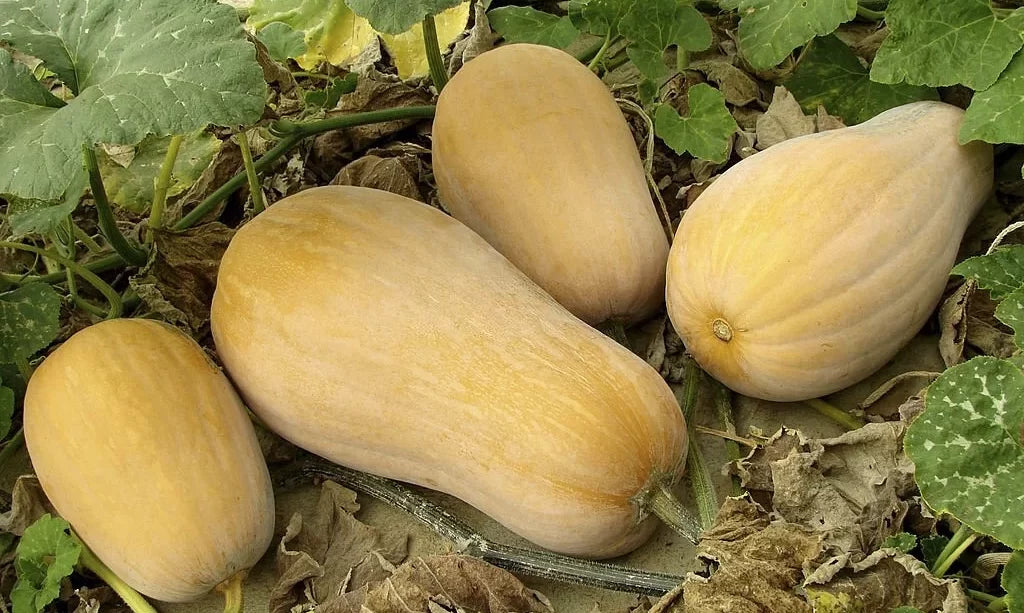Growing Vibrant Squash: A Comprehensive Guide

Summary:
- Types: Summer squash (zucchini, yellow squash) and Winter squash (butternut, acorn).
- Sunlight: Full sun, at least 6-8 hours daily.
- Soil: Well-draining, rich in organic matter, pH 6.0-6.8.
- Watering: Consistent watering, especially during fruit development.
- Harvesting Time: Varies from 50-100 days, depending on variety.
Introduction:
Embark on a journey of cultivating lush and abundant squash in your garden. Learn everything from planting to harvest with this comprehensive squash-growing guide.
Types of Squash:
Discover the distinction between Summer squash, harvested in its immature stage, and Winter squash, allowed to mature on the vine before picking.
Planting Squash:
Plant squash seeds or seedlings in well-drained, nutrient-rich soil with a pH between 6.0-6.8. Space plants according to their specific requirements.
Soil and Sunlight Requirements:
Provide full sun exposure for at least 6-8 hours per day. Ensure the soil is well-draining and supplemented with organic matter for optimal growth.
Watering and Care:
Maintain consistent watering to keep the soil evenly moist, especially during the flowering and fruiting stages. Mulching can aid in retaining soil moisture.
Pest and Disease Management:
Stay vigilant against common pests like squash bugs and powdery mildew. Implement organic pest control methods and maintain good airflow to prevent diseases.
Harvesting Squash:
Harvest time ranges from 50-100 days, depending on the squash variety. Harvest Summer squash when young and tender; Winter squash should mature on the vine.
Culinary Uses and Storage:
Explore various culinary possibilities with squash, from grilling and roasting to incorporating them into casseroles and salads. Store harvested squash in a cool, dry place.
Conclusion:
Growing squash offers a bountiful harvest and a variety of culinary options. By following these steps, you'll soon be relishing the fruits of your squash-growing endeavors.

